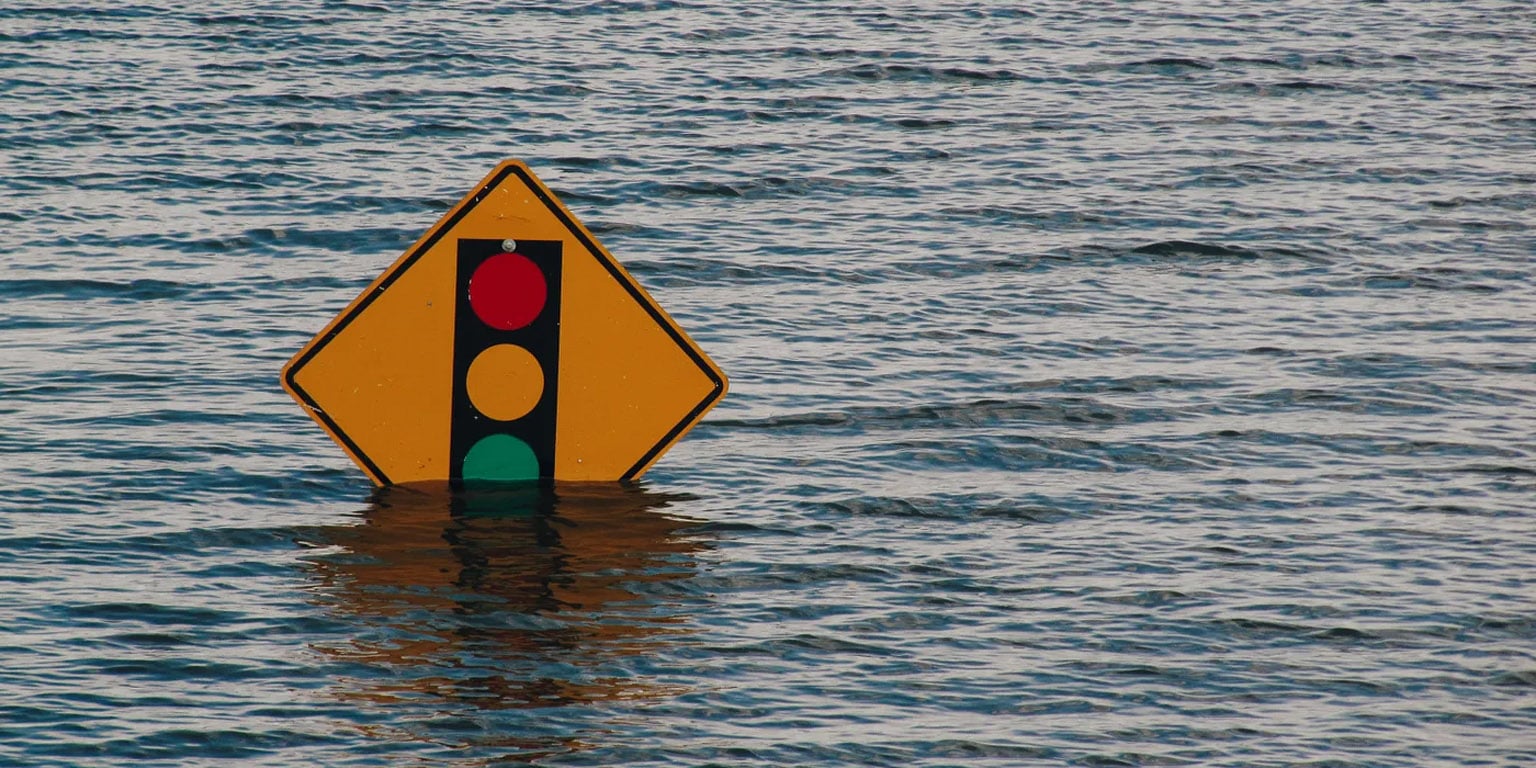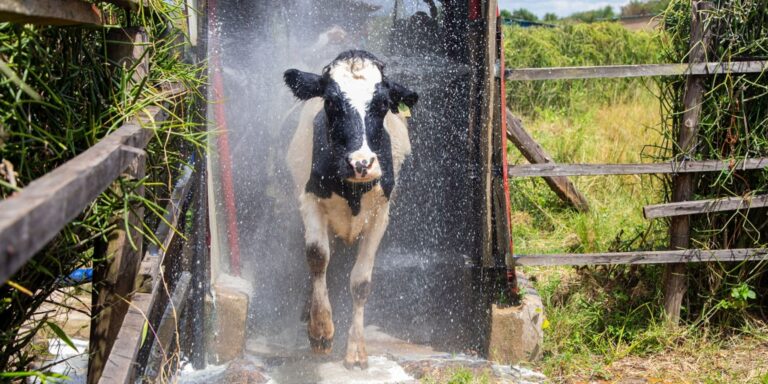Over the last 50 years, the world has witnessed a fivefold increase in the number of weather-related disasters which disproportionately affect the most climate vulnerable and food insecure people. In 2022 alone, climate extremities pushed 56.8 million people into hunger crises in 12 countries. Despite these grave figures, the nations most affected are struggling to face this challenge by themselves. The African countries’ climate financing, for example, is at only 11% of what is required. The African Development Bank estimates some USD 1.6 trillion is needed for the continent to meet its nationally determined contributions (NDCs). Pre-arranged financing (PAF)* can be an effective mechanism through which such vulnerable nations can not only come out of the after-effect of natural calamities faster but can also move towards playing their role in mitigating climate change. However, the picture is rather grim here also. Pre-arranged financing (PAF) totaled around USD 5 billion between 2017 and 2021, yet only USD 200.8 million reached low-income countries, as per the Centre for Disaster Protection (CDP). This is equivalent to just 3.7% of international development financing for PAF. What is also true is that, even though it may not have been quantified yet, the natural disasters occurring in poor nations have ramifications for the developed world as well in the form of market distortions, humanitarian crises, deteriorating natural ecosystems etc., to name a few. Thus, the cost of inaction by the developed nations to support the vulnerable ones access PAF will have to be paid, at least in part, by them as well. Therefore, we argue, the developed world must help its poorer counterpart access PAF and thereby contribute towards global resilience against climate change.
The most exposed are the least shielded
The climate crisis is no longer a distant probability but the daily reality for communities around the world. Climate shocks such as drought, heatwaves, storms, cyclones, and floods are putting lives and livelihoods at risk, eroding developmental efforts, and driving food crises around the world. Africa, for instance, loses as much as 15% of its gross domestic product per capita, every year, due to the impact of climate change. Eight of the 20 countries with the highest expected annual damages due to climate change to road and rail assets relative to GDP, are in Africa.

Humanitarian responses are typically mobilized only after an extreme weather event has resulted in catastrophic losses. In many cases, assistance reaches people long after their crops have failed and livestock have died, and when many households have already resorted to negative coping strategies like selling critical assets or taking children out of school.
Pre-arranged financing solutions such as national insurance policies purchased by governments and/or humanitarian organizations from sovereign risk pools can enable faster, more cost-effective, and predictable responses to climate and disaster shocks.
Making a case for the developed nations to provide PAF support
The role of PAF in addressing the impact of climate change has been understood for long. However, low-income nations’ access to PAF is complicated by difficulties in repaying the debt accumulated. If their governments integrate climate risks into their fiscal and debt sustainability analysis, the market will penalize them by awarding a higher score on sovereign risk. The Centre for Disaster Protection reports that about 60% of beneficiaries of the Debt Sustainability Framework for Low-Income Countries, introduced by the International Monetary Fund and the World Bank, are at high risk of debt distress or already in debt distress. To break this deadlock, it is critical that these nations be supported through PAF. And helping poorer nations access PAF works in favor of the richer nations also, as we explain in the below two points:
1. The world is getting more connected all the time. The impact of events like the COVID-19 pandemic or the tension in Ukraine and Palestine is spread across many countries. Similarly, when disasters impact vulnerable nations, the developed ones also get affected due to changes in demand supply equations, cross-border migration and the consequential refugee issues, and humanitarian crisis leading to civil unrest to name a few.
2. Many of the first world nations have PAF arrangements like sovereign risk covers in place. And along with the expected probability of the occurrence of various natural calamities and their projected resulting losses, the cost of these covers is also dependent upon the spread of sovereign risk. Now, the absence of PAF for vulnerable countries will lead to their inability to contribute towards mitigating climate change, which will in turn increase the frequency of natural disasters, and the ensuing losses for the developed nations too. This, coupled with the consequential low spread of sovereign risk will imply a rising cost of such insurance covers for the developed nations.
PAF will help to solve both above issues. With disaster risk financing arrangements in place, the vulnerable countries will respond better during times of natural calamities thereby limiting their impact on themselves as well as other nations. At the same time, better resilience capacities (through PAF) will enable greater contribution from the poor vulnerable countries towards climate change mitigation. All of this will ultimately reduce the probability of occurrence of natural disasters as well as the cost of insuring against them for all countries.
The examples are already there
Some notable international risk pools are already working towards helping the vulnerable nations arrange PAF for themselves. Such efforts need to be strengthened, and more such initiatives need to be encouraged by the international community:
· African Risk Capacity (ARC) is mandated to support sovereign risk transfer mechanisms in Africa. It pools risks from across the continent to take advantage of the natural diversity of weather systems. Being a risk pool for the entire continent, its exposure to climate risk is significantly smaller than a given country’s exposure. However, between 2014 and 2022, only 16 out of the 54 African countries have participated in its risk pooling at least once. Its more recent ARC Replica is an insurance product that allows humanitarian partners, such as and UNHCR, to complement and/or enhance the insurance policies purchased by ARC Member States and provide technical capacity strengthening to Member States’ governments. In 2023, through ARC Replica, WFP purchased insurance policies to support the governments of Burkina Faso, The Gambia, Madagascar, Mali, Mauritania, Mozambique, Sudan, Zambia, and Zimbabwe.
· The Caribbean Catastrophe Risk Insurance Facility Segregated Portfolio Company (CCRIF SPC) offers sovereign insurance to Caribbean and Central American countries. Currently, 19 countries in the Caribbean and 3 in Central America have memberships that through the years has translated into 54 payouts totaling USD 245 million benefiting over 3.5 million people.
· As part of the InsuResilience Vision 2025, G7 countries have committed to protecting 500 million poor and vulnerable people from climate and disaster shocks by 2025 with pre-arranged finance and insurance mechanisms.
We swim and sink together
We can no longer let our climate suffer from the tragedy of the commons. Inaction or insufficient action by any actor will simply bring the planet closer to irreversible damage. The world needs to realize that very soon, sovereign risk will be climate risk, and no one will be able to manage it domestically. It is therefore imperative that the developed world supports climate vulnerable countries manage their climate risk. These vulnerable countries, in turn, need to engage in comprehensive and layered risk management approaches that integrate risk insurance with other mechanisms such that climate change risks are broken down into different layers, and different types of risks are covered by different risk transfer mechanisms. PAF can be a good starting point.
* Pre-arranged financing (PAF) represents money borrowed by the issuer from capital markets, in the form of contingent credit, regional risk pools, catastrophe bonds, and sovereign risk covers to be used if a specific event has taken place.





What do you think?
This strategic reallocation of resources can help companies create a significant competitive advantage.
Comments are closed.